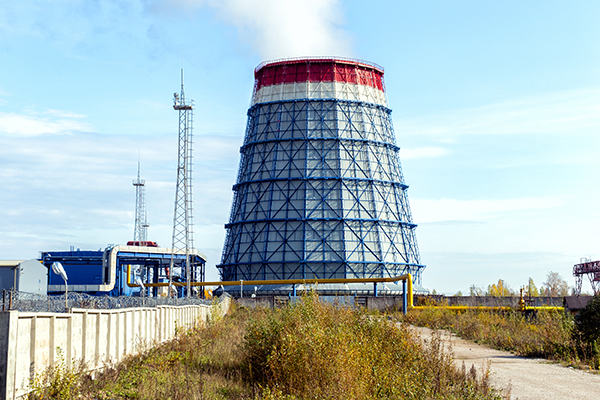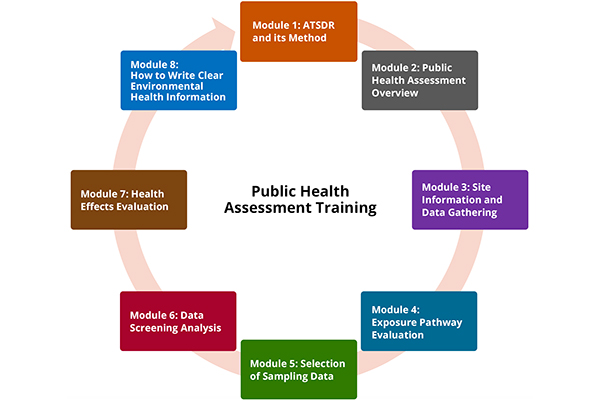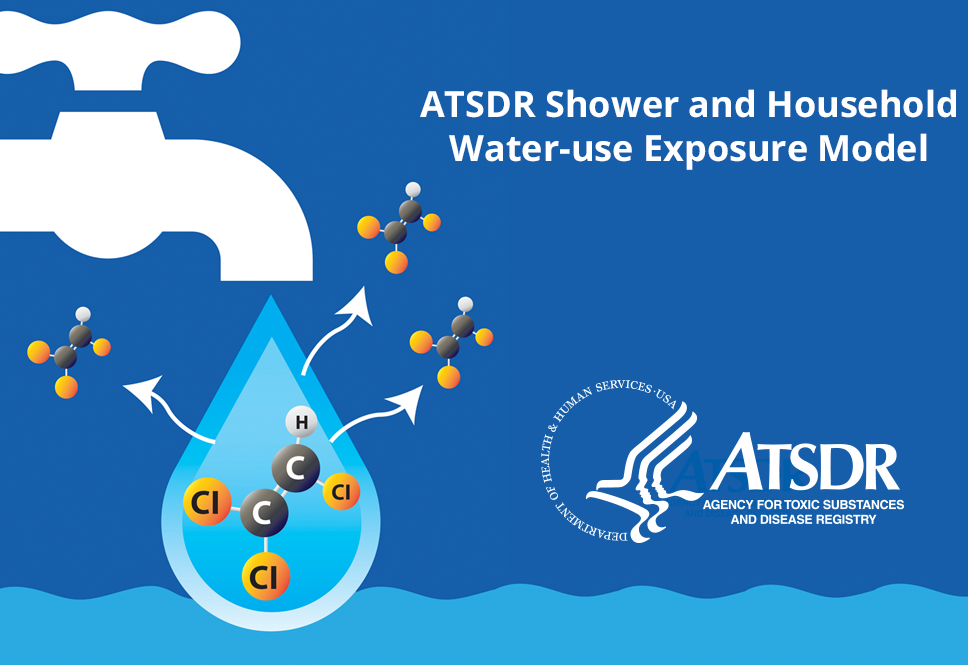Screening Analysis
This section describes ATSDR’s screening analysis, which is a quick, systematic method to consistently sort through data and use media-specific screening levels (ATSDR comparison values [CVs] and non-ATSDR screening levels) to identify potential contaminants of concern that require further evaluation. This section outlines the process so health assessors will understand and know how to perform a screening analysis. ATSDR’s Public Health Assessment Site Tool (PHAST) will help you do most of these screening steps.




Refer to Module 6, Data Screening Analysis, in ATSDR’s Public Health Assessment Training (PHAT) course. Learn more about the screening analysis, see case study examples, and perform case study exercises. The link below will take you to the module’s registration page in CDC TRAIN.

ATSDR’s Public Health Assessment Site Tool (PHAST) is a multi-purpose resource that ATSDR recommends health assessors use when performing the PHA process. Use the CV Module to conduct the screening analysis and the CV and Health Guideline Module to obtain the most up-to-date ATSDR CVs.
ATSDR health assessors, ATSDR partners, and others involved with the PHA process can gain access by contacting phast@cdc.gov.

ATSDR’s Shower and Household Water-use Exposure (SHOWER) Model is a tool for evaluating inhalation and dermal exposure to indoor air concentrations of vapor-releasing chemicals associated with using contaminated water for household purposes. For screening, run the max water concentration to generate a max average daily air exposure concentration estimate, which you would screen in PHAST against the air CV. Refer to the SHOWER Model Guidance (under development) for more information.
Anyone can request a copy of the SHOWER Model by emailing showermodel@cdc.gov.